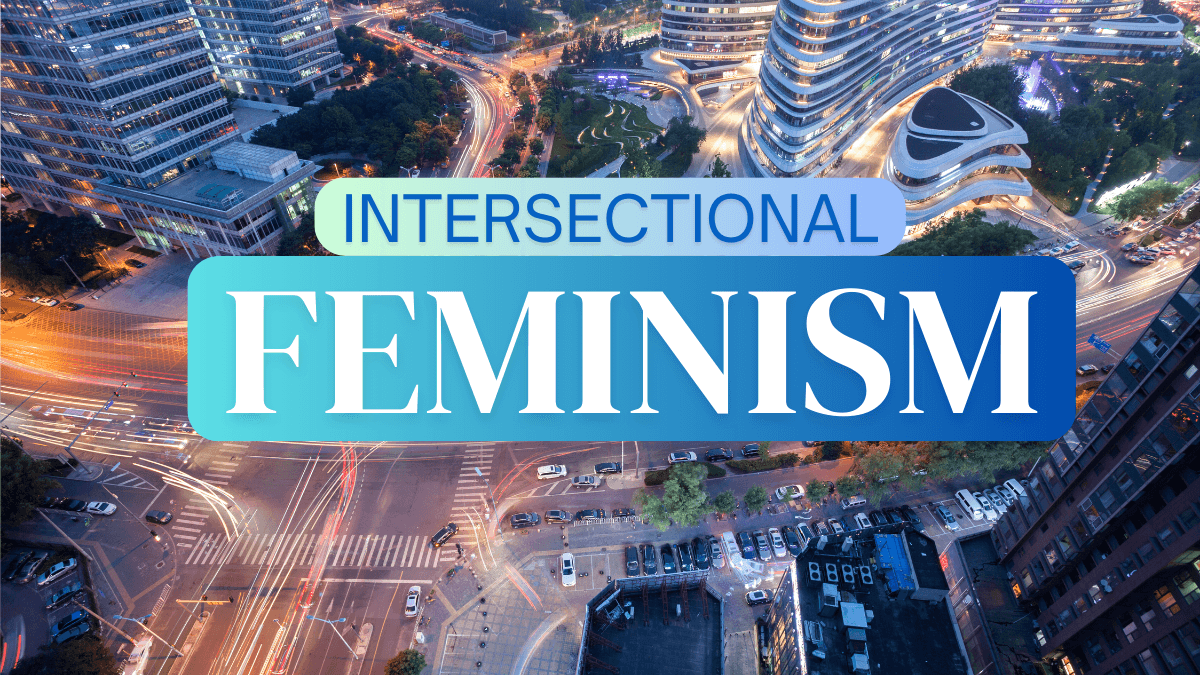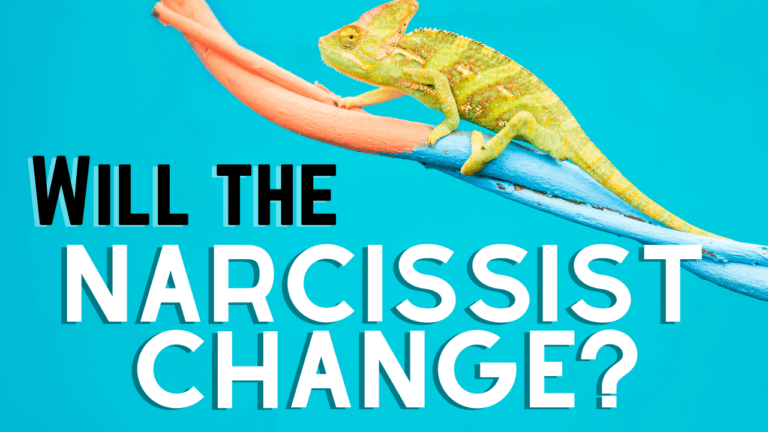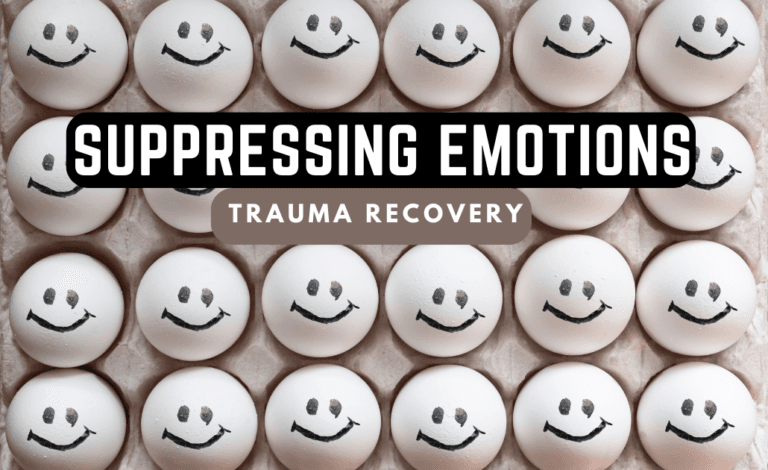5 Key Things to Know About Intersectional Feminism
Table of Contents
Intersectional Feminism - The latest Buzzword?
Intersectional feminism is rapidly becoming a popular buzzword, reflecting a growing awareness of the complexities within feminist movements. As more people recognize the importance of addressing overlapping forms of discrimination, the term has gained traction in discussions about gender equality, social justice, and inclusivity.
In this article we are going to talk about what it is, the origins, and why it ultimately matters we have (or start to have) these discussions. We are also going to dive in and go past the inner surface, but as you know there is much to this topic all of which cannot be discussed here in this one article – but it’s a start.
And we have to start somewhere, right?
What is Intersectional Feminism?
Intersectional feminism is a term that might sound complex, but it’s rooted in a simple idea: all women are not the same, and their experiences of inequality are shaped by multiple factors. This approach to feminism aims to address the different layers of discrimination and privilege that women face. Let’s break it down in plain English.
Where did this Term Originate?
The term “intersectionality” was coined by Kimberlé Crenshaw, a scholar and civil rights advocate, in 1989. Crenshaw used it to describe how the experiences of African American women couldn’t be understood solely by looking at race or gender separately. Instead, their experiences were shaped by the intersection of both.
Impact of Kimberlé Crenshaw on Intersectional Feminism
| Area of Impact | Description |
|---|---|
| Coining the Term "Intersectionality" | Kimberlé Crenshaw introduced the concept of intersectionality in 1989, providing a framework to understand how various forms of discrimination (such as race, gender, and class) overlap and intersect. |
| Academic Influence | Crenshaw's work has deeply influenced academic fields, including legal studies, sociology, and feminist theory, encouraging scholars to consider the complex nature of identity and discrimination. |
| Advocacy and Public Discourse | Through her writings and speeches, Crenshaw has raised public awareness about intersectionality, bringing the concept into mainstream discussions on social justice and equality. |
| Policy Impact | Crenshaw's work has influenced policy-making by highlighting the need for laws and regulations that address the multiple dimensions of discrimination experienced by marginalized groups. |
| Creation of Intersectional Organizations | Crenshaw co-founded the African American Policy Forum (AAPF), an organization that focuses on promoting intersectional justice and policies. |
| Education and Training | Crenshaw's teachings and training programs have educated countless students, activists, and professionals about the importance of considering intersectionality in their work. |
| Global Influence | Intersectionality has gained international recognition, influencing feminist movements and social justice initiatives around the world thanks to Crenshaw’s foundational work. |
| Empowering Marginalized Voices | By emphasizing the unique experiences of women of color and other marginalized groups, Crenshaw has helped ensure their voices are heard and considered in feminist and social justice movements. |
| Multidisciplinary Approach | Crenshaw’s work encourages a multidisciplinary approach, integrating insights from law, sociology, psychology, and other fields to provide a comprehensive understanding of intersectionality. |
Why Intersectional Feminism Matters
Inclusive Advocacy: Traditional feminism often focused mainly on the issues of middle-class white women. Intersectional feminism, however, seeks to include the voices and experiences of all women, particularly those who are often marginalized.
Comprehensive Understanding: By considering multiple factors of identity, intersectional feminism provides a fuller picture of the challenges different women face. It acknowledges that a black woman’s experience will be different from a white woman’s, and a lesbian’s experience will differ from that of a straight woman.
Targeted Solutions: Understanding the various factors at play allows for more effective solutions to issues of inequality. It’s not just about addressing sexism but also how sexism intersects with racism, homophobia, classism, and other forms of discrimination.
Examples of Intersectionality in Action
Workplace Discrimination: A white woman and a black woman might both face sexism at work, but the black woman may also deal with racism. Intersectional feminism looks at both these issues together.
Healthcare: Women of different races and socioeconomic backgrounds can have vastly different healthcare experiences. Intersectional feminism addresses how these differences affect women’s health outcomes.
Representation: Intersectional feminism advocates for diverse representation in media, politics, and other areas, ensuring that all women see themselves reflected and heard.
Lessons from Intersectional Feminism
| Lesson | Description |
|---|---|
| Recognize Overlapping Discrimination | Understand that people can face multiple and overlapping forms of discrimination based on race, class, sexuality, disability, and more. |
| Promote Inclusivity | Ensure that feminist movements include and represent all women, especially those from marginalized communities. |
| Empathy and Understanding | Develop a deeper empathy and understanding of diverse experiences, which can lead to more effective and compassionate advocacy. |
| Create Equitable Solutions | Design solutions that address the unique challenges faced by different groups, leading to a more just and equitable society. |
| Challenge Systemic Inequality | Identify and challenge systemic inequalities that affect various groups differently, aiming for broader social justice. |
| Amplify Marginalized Voices | Listen to and amplify the voices of those who are often left out of the conversation, ensuring their experiences and needs are addressed. |
Challenges and Criticisms
While intersectional feminism aims to be inclusive, it has its challenges. Some people misunderstand it or feel that it divides rather than unites. Others argue that focusing too much on differences can overshadow common goals. However, proponents believe that recognizing and addressing these differences is crucial for genuine equality.
Moving Forward with Intersectional Feminism
Education: Learning about intersectionality helps people understand the diverse experiences of others. It promotes empathy and inclusivity.
Listening and Amplifying Voices: Listening to and amplifying the voices of marginalized women is a key part of intersectional feminism. It ensures that everyone’s experiences are acknowledged and addressed.
Policy and Advocacy: Intersectional feminism influences policies and advocacy work, pushing for changes that consider the varied experiences of all women.
Intersectional feminism is about understanding that women’s experiences of inequality are shaped by a combination of factors. It’s a more inclusive, comprehensive approach to feminism that seeks to address the unique challenges faced by women of all backgrounds. By embracing intersectionality, we can work towards a more equitable world for everyone.
- How do you see intersectionality playing a role in your own experiences or in the experiences of those around you?
- What steps can we take as a society to ensure that the voices of marginalized women are heard and addressed?

How does DEI play a Role
Diversity, Equity, and Inclusion (DEI) play a crucial role in supporting the principles of intersectional feminism. Here’s how DEI intersects with intersectional feminism and enhances its impact:
Understanding Diversity, Equity and Inclusion
- Diversity: Refers to the presence of differences within a given setting, including race, gender, age, sexuality, religion, disability, and more.
- Equity: Involves ensuring fair treatment, opportunities, and advancement while striving to identify and eliminate barriers that have prevented the full participation of some groups.
- Inclusion: Ensures that all individuals feel valued and integrated into a given environment, whether it be a workplace, community, or broader society.
How DEI Supports Intersectional Feminism
Recognizing Multiple Identities: DEI initiatives emphasize the importance of recognizing and valuing diverse identities. This aligns with intersectional feminism’s goal of acknowledging how various aspects of identity (race, class, gender, sexuality, etc.) intersect and affect individuals’ experiences.
Addressing Systemic Barriers: Both DEI and intersectional feminism focus on identifying and dismantling systemic barriers that contribute to inequality. By understanding and addressing these barriers, organizations and societies can create more equitable environments for everyone.
Promoting Inclusive Practices: Inclusion is a core tenet of both DEI and intersectional feminism. Inclusive practices ensure that marginalized voices are heard and valued, leading to more comprehensive and effective solutions to social issues.
Fostering Empathy and Understanding: DEI initiatives often involve training and education that fosters empathy and understanding among diverse groups. This aligns with intersectional feminism’s emphasis on understanding the unique experiences of individuals from different backgrounds.
Creating Equitable Opportunities: Equity is about ensuring that everyone has access to the same opportunities. Intersectional feminism highlights the need for equitable opportunities, particularly for those who face multiple forms of discrimination. DEI initiatives work to create these opportunities in various settings, including workplaces, educational institutions, and communities.
Practical Applications of DEI
Practical applications of DEI in intersectional feminism include implementing inclusive workplace policies that address the unique challenges of diverse employees, integrating DEI principles into educational curricula to promote a welcoming environment for all students, and developing community programs that support marginalized groups.
By ensuring diverse representation in media and advocating for policies that consider the varied experiences of all women, DEI initiatives help create equitable opportunities and foster a deeper understanding and empathy across different social groups.
DEI and intersectional feminism are deeply interconnected. By promoting diversity, equity, and inclusion, we can better address the unique challenges faced by individuals from diverse backgrounds and work towards a more just and equitable society.
Embracing these principles not only helps to create fairer opportunities but also fosters a deeper understanding and appreciation of the rich diversity that exists within our communities.
What Do We Have to Learn From This?
Key Lessons from Intersectional Feminism
| Key Item | Description |
|---|---|
| Recognize Overlapping Discrimination | Understand that individuals face multiple, intersecting forms of discrimination based on race, gender, class, sexuality, disability, and more. |
| Promote Inclusivity | Ensure that feminist movements and other social justice efforts include and represent all women, especially those from marginalized communities. |
| Foster Empathy and Understanding | Develop a deeper empathy and understanding of diverse experiences to create more effective and compassionate advocacy. |
| Create Equitable Solutions | Design solutions that address the unique challenges faced by different groups, leading to a more just and equitable society. |
| Challenge Systemic Inequality | Identify and dismantle systemic inequalities that affect various groups differently, aiming for broader social justice. |
| Amplify Marginalized Voices | Listen to and amplify the voices of those who are often left out of the conversation, ensuring their experiences and needs are addressed. |
Has this article been eye-opening? What new things have you discovered? What changes do you feel we as a society need to make moving forward? Drop your comments here and let’s keep this topic on our radar.






